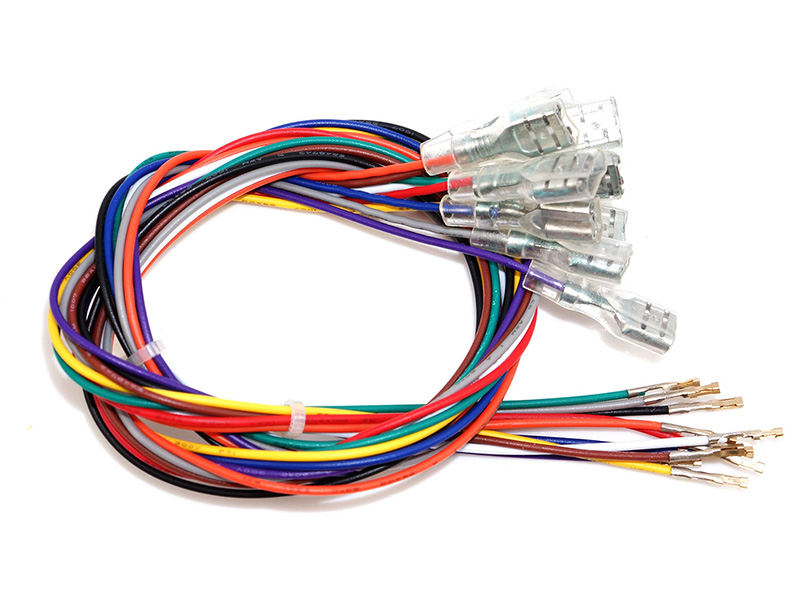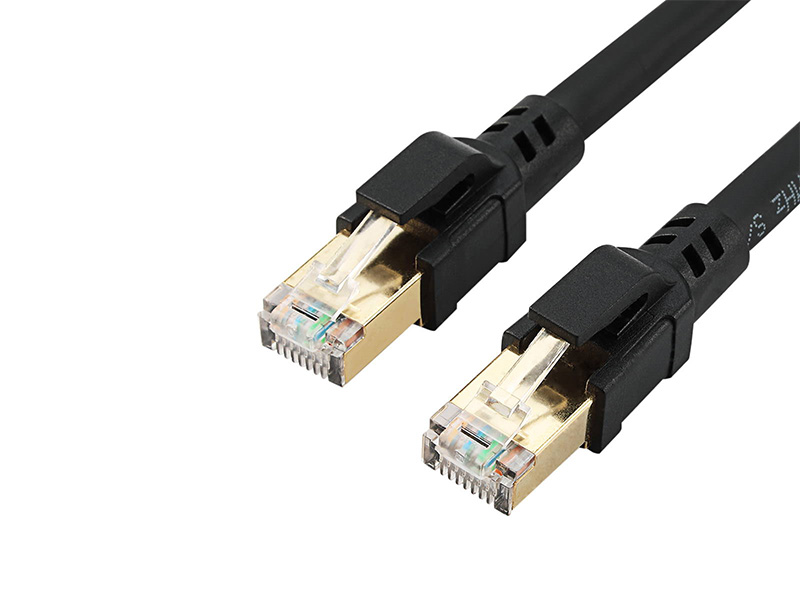Good at【Hi-mix Low-volume】connection soulution
Feel the customer’s challenges with heart,think of solutions with brain
Rugged, reliable, sealed or hermetic, lightweight and compact. The Fischer Core Series is trusted by technology-driven industries worldwide, from medical, defense and industrial automation, to test & measurement equipment.
Environmental & mechanical data
| Environmental & mechanical data | |||
|---|---|---|---|
| Characteristic | Product type | Value | Standard |
| Sealing performance | Unsealed connectors (mated) | IP50 | IEC 60529 |
|
Plug (mated) with general purpose sealed clamps 1) |
IP68
IP69 | ||
| Receptacles “U” body style | IP68 | ||
| Receptacles “E” body style |
Hermetic: Tested: <10-8 mbar l/sec. | IEC 60068-2-17 test Qk method 3, alternative b | |
| IP69 | IEC 60529 | ||
| Operating temperature range | See details on tech spec V.1 | See details on tech spec V.1 | IEC 60512-6-11 i+j / IEC 60068-2-14-Nb |
|
Corrosion resistance 3) |
Salt mist, 1,000 hours, 5% salt solution, 35°C |
IEC 60068-2-11 test Ka MIL-STD-202 method 101 EIA-364-26 | |
| Endurance | 10,000 mating cycles | IEC 60512-9-1 / EIA-364-09 | |
| Vibration | 10 to 2000 Hz, 1.5 mm or 15g, 12 sweep cycles per axis, 20 minutes per 10-2000-10 Hz sweep cycle, no discontinuity > 1us | MIL-STD-202 method 204 condition B | |
|
Radiation resistance 3) | Unsealed connectors |
PEEK: 107 Gy(=1000M Rads) | |
| Sealed receptacles “E” |
FPM (Viton®) O-rings: 105 Gy(=10M Rads) | ||
FAQs
Regular inspection for wear and tear, ensuring proper installation and fit, and keeping the harness clean and dry can help maintain its performance and longevity.
Troubleshooting can involve visual inspection for physical damage, using a multimeter to check for electrical continuity, and checking for proper fit and connection of all components.
Installation procedures can vary depending on the specific application. Generally, it involves routing the harness to its location, connecting the terminals to the correct components, and securing the harness to prevent movement or damage.
Choosing the right wire harness involves considering factors like the operating environment, electrical requirements, physical constraints, industry standards, and the specific needs of your system.
Wire harnesses are used in a wide range of industries including automotive, aerospace, electronics, telecommunications, industrial machinery, healthcare, and more.
A wire harness works by providing a direct, organized path for electrical current to travel. It helps to connect different components of a system, enabling them to communicate and function together.
Wire harnesses can be categorized based on their use in different industries such as automotive, aerospace, electronics, industrial machinery, etc. Each type is designed to meet specific requirements and standards.
Wire harness manufacturing involves cutting wires to the desired length, stripping wire ends, crimping terminals onto wires, inserting wires into connectors, and bundling them together using cable ties, cable lacing, sleeves, or conduit.
A wire harness typically includes multiple wires and cables, connectors, terminals, conduit, strain relief, and sometimes circuit protection devices like fuses or circuit breakers.
A wire harness, also known as a cable harness or wiring assembly, is a grouping of wires, cables, or subassemblies designed to transmit signals or electrical power in a structured and organized manner.






